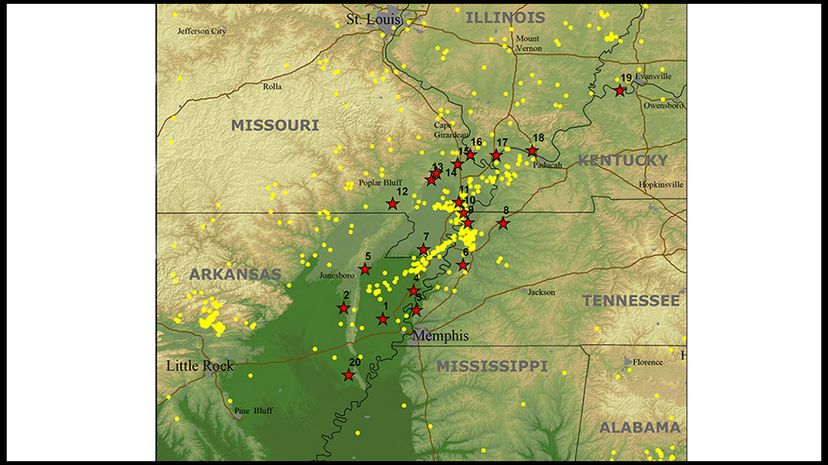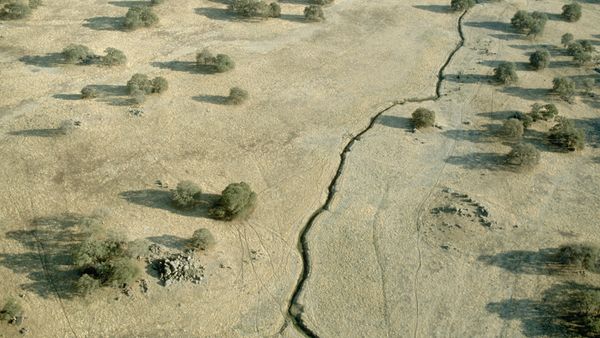
Dec. 3, 1990, was a day of anxiety for America. A prediction made by climate consultant Iben Browning held that there'd be a "50 percent chance" of a magnitude 7 earthquake rocking the nation on this date. Browning also said that, if the quake came, it'd probably originate near the city of New Madrid (pronounced "MAD-rid") in southeastern Missouri.
Panic ensued as the moment of truth drew closer. A St. Louis Red Cross doled out 230,000 earthquake preparedness kits, the Memphis "Commercial Appeal" ran daily "Quake Watch" columns, and schools in four states let students stay home on the third of December.
Advertisement
But there was to be no major catastrophe that day. Browning's earthquake never manifested itself. Earth scientists weren't surprised. Browning was no seismologist, and the experts had dismissed his predictions. So why did the public take them seriously? After all, most earthquakes happen along the boundaries of tectonic plates. Yet New Madrid is thousands of miles away from the closest boundary.
Despite its location, the area does have a history of large-scale earthquakes. It rests upon an old seismic zone straddling Missouri, Arkansas and Tennessee. Created millions of years ago, the sensitive spot produced massive quakes in the 19th century. Here's a brief history of the so-named New Madrid Seismic Zone.
Advertisement

